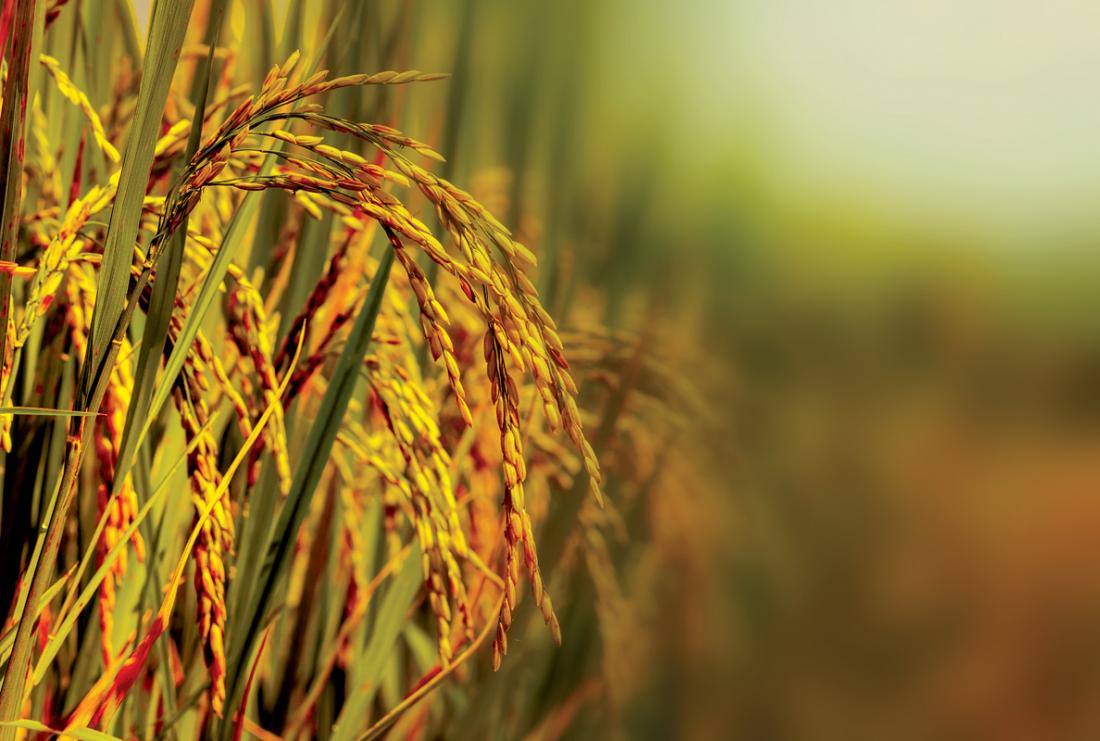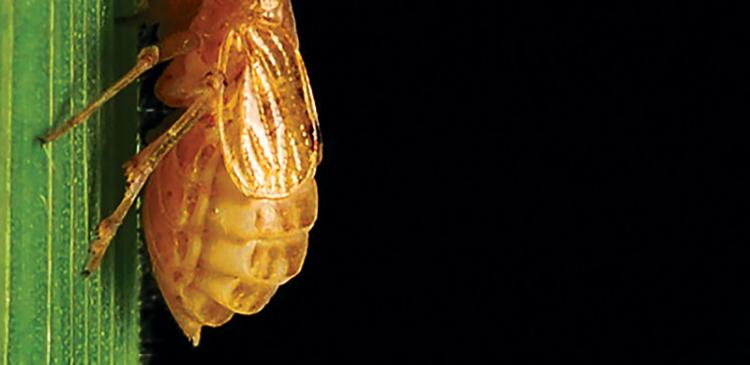Researchers in Indonesia have deciphered the chemical cues used by rice to attract a parasitoid that helps fight off the plant’s predator.
Researchers in Indonesia have deciphered the chemical cues used by rice to attract a parasitoid that helps fight off the plant’s predator. The researchers developed a system that imitates these cues, which could help investigations of similar interactions in other crops and the search for possible sources of nontoxic pest control.
The brown planthopper is one of rice’s most destructive pests, transmitting harmful viruses and wounding the plants’ stems to lay its eggs for the next attack. Researchers from Universitas Negeri Malang and the Indonesian Sweetener and Fibre Crops Research Institute wanted to target the brown planthopper without using pesticides that harm the environment. They investigated the so-called ‘tritrophic interaction’ between rice, the brown planthopper and the parasitoids that prey on the brown planthopper’s eggs.
They identified chemical differences in samples extracted from infected and healthy rice. They then soaked pieces of porous material made from rice husk in chemicals extracted from either healthy or infected rice. In laboratory tests, the parasitoids were more attracted to the materials infused with chemicals from infected rice. The researchers also attached infused materials to posts and placed them outside in a rice field. Again, they found more parasitoids on the infected sample. The effect, however, wore off in five days.
The results, published in the Pertanika Journal of Science & Technology, help clarify the chemistry involved in such a complicated, natural interaction, and could help guide future development of a nontoxic pesticide. The team notes that their analytical chemistry technique for exploring the relationships between plant, pest and the pest’s predator requires further refinement, but could eventually be applied to other agricultural crops.
For further information, contact:
Dr Surjani Wonorahardjo | E-mail: [email protected]
Faculty of Mathematics and Science
Universitas Negeri Malang
Chief Executive Editor | Email: [email protected]
Pertanika Journals




